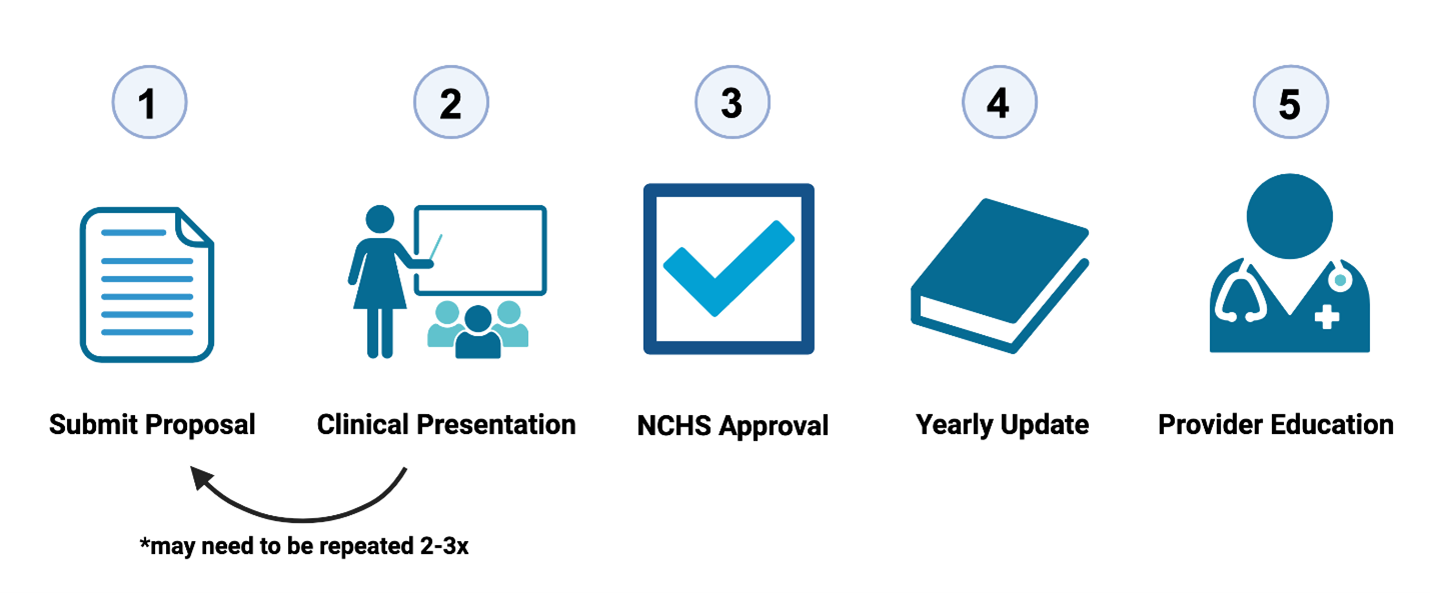Science Snapshot – What are ICD-10 codes?
Author: Tierney Baum, CSNK2A1 Foundation Consultant
Have you ever considered what happens between your doctor’s visit and receiving a bill from insurance?
How do doctors and insurers communicate, and how is the billing decided?
A key factor in this process is the International Classification of Diseases (ICD)-10 codes, which your doctor submits after your visit. Accurate coding, especially for rare diseases such as OCNDS, is crucial for receiving reimbursement for medical procedures and accurately tracking patient statistics.
What is an ICD code?
ICD codes, which originated in the mid-1800s, are a standardized system used to classify medical diagnoses. Healthcare providers utilize these codes when diagnosing patients. They serve several important purposes:
- Measuring safety and effectiveness of patient care
- Determining the health status of certain populations and their risk factors
- Monitoring health provider’s performance
- Assessing healthcare costs
- Investigating and preventing insurance billing abuses
ICD-10 codes are particularly vital for medical providers to receive reimbursement from insurers or patients. These codes help justify that the services provided are medically necessary.
ICD-10 codes are internationally recognized and published by the World Health Organization (WHO), but their modification for use in the U.S. is managed by the CDC’s National Center for Health Statistics (NCHS). Currently in their 10th revision, ICD codes are updated annually to include new diseases.
How does the coding system work?
ICD-10-CM (Clinical Modification) codes are used for diagnosis across all healthcare settings. They consist of 3-7 characters. Each code begins with a letter indicating the chapter under which the diagnosis falls. The second and third characters are numbers, while the remaining characters can be letters or numbers. As more characters are added, the code provides increasingly specific diagnostic information.
Here are some examples of varying detail:
G40 Epilepsy and recurrent seizures (general)
G40.0 Focal epilepsy of localized onset
G40.01 Focal epilepsy of localized onset, not intractable (more specific)
G40.B01 Juvenile myoclonic epilepsy, intractable with status epilepticus (expanded details)
F03.C18 Unspecified dementia, severe, with other behavioral disturbance (combination codes)
How are new codes made?
Every year new codes are added to the system; in 2024 alone, nearly 400 new codes have been added. To create a new code, a proposal is submitted to the NCHS, which are reviewed twice a year in March and September. Members of the public as well as representatives from the private sector are able to submit proposals for new codes.
Steps to making a new ICD-10 code:
- Submit 2-page proposal to NCHS
a. Describe the code
b. Suggest placement within classification structure
c. Provide rationale for code’s necessity (including clinical relevance)
d. Include supporting clinical references and literature - If accepted, there is an invitation to do a 15-minute presentation at one of the committee meetings. Presentations are often given by an expert clinician in the field.
- The public are invited to contribute written comments on the proposal. This includes additional letters of support from clinicians.
- Importantly, creating a new ICD-10 code is just the beginning; educating healthcare providers about these new codes is essential for ensuring they are used effectively.

